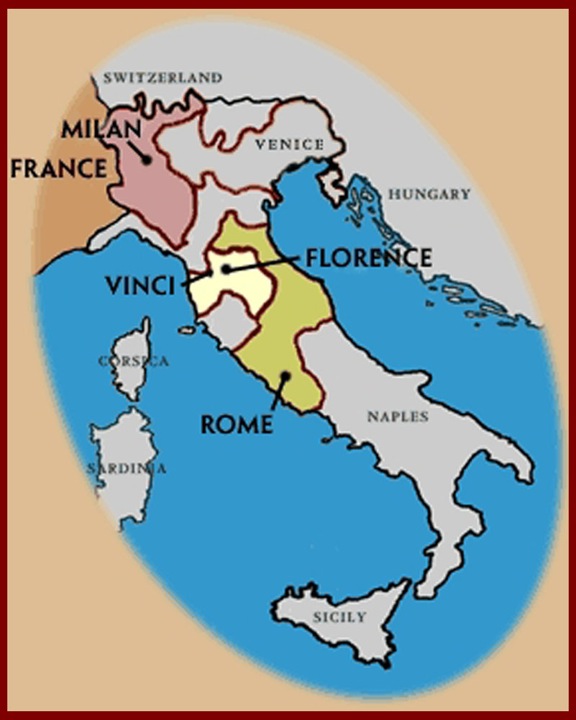Rome at the beginning of the
Instauratio / Renaissance as described by Gibbon
Rulers of Rome -- succession of actual
authority
Renaissance in Florence -- circumstances
that led to an early start
The Medici as a unifying force
Vasari as an artist and, more
importantly, as a biographer
Forces limit an early start in Rome
Avignon and the "Petrarchian" impetus
Rival Roman families -- Orsini and
Colonna -- Guelphs and Ghibellines
Great Western Schism
Rinascimento v. instauratio
Unifications: Orsini and Colonna (Julius
II in 1511 and Sixtus V in the 1580s patch things up in
the city) -- Medici popes (Florence in Rome)
